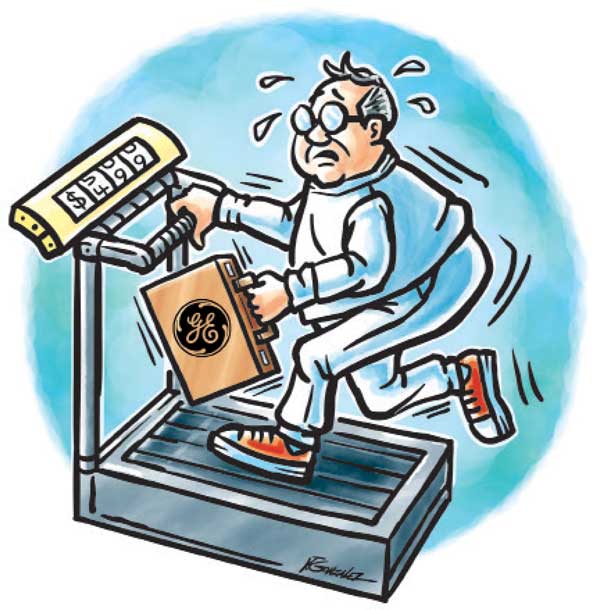In a recent article, Bloomberg noted that for years GE was able to count on its GE Capital finance unit to provide some “earnings muscle” when other industrial divisions of the company wavered. However, when the financial crisis hit in 2008, GE found itself included with Wall Street banks and other financial service organizations. Since then, GE Capital has slimmed down to about $452 billion in ending net investments, down from more than $550 billion when the financial crisis hit.
Ever since, Bloomberg said, GE Capital’s heavy exposure to finance has weighed on the parent’s share price, still down almost two-thirds from its 2007 high. Bloomberg noted that some investors have hinted GE would be better off financing only its own products and selling the bulk of the finance unit. But that’s not in the cards, according to CEO Jeffrey Immelt. “Everybody’s going to have their own point of view on GE Capital and the financial crisis,” Bloomberg quoted Immelt as saying. “I look at it in a macro sense and say we never had an unprofitable quarter. We came out of it as best we could.”
GE Capital CEO Michael A. Neal said the approach is as simple as stop and go: Businesses that tie up too much capital or don’t fit the profile of a more conservative portfolio have been designated as red. Red businesses are on the way out. In contrast, Neal is expanding operations labeled green, including such strongholds as aircraft leasing, private-label credit cards and franchise financing. Its largest unit, commercial lending and leasing, is its most important keeper.
As the parent’s industrial divisions grow, GE Capital should soon provide only about a third of the parent’s profits, versus half in 2006.

